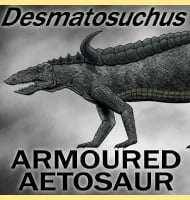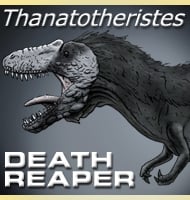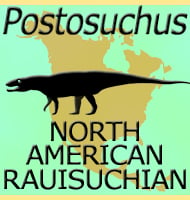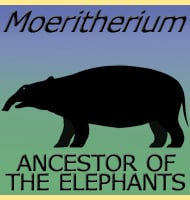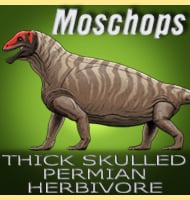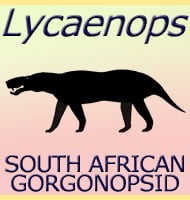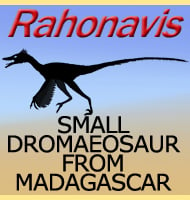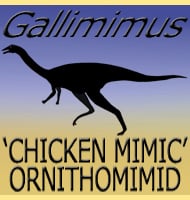In Depth
Occasionally interpreted as a very primitive mammal, Oligokyphus is today usually seen as a very late surviving cynodont, as well as one of the last of the non-mammalian therapsids. Still, Oligokyphus has been stated as being akin to a modern day weasel in terms of ecological niche, hunting for small animals on the ground, though it is also plausible that Oligokyphus may have also been a climber.
Further Reading
- Die S�ugerz�hne des w�rttembergischen Rh�t-Lias-Bonebeds. - Neues Jahrbuch f�r Mineralogie, Geologie und Pal�ontologie 46:181-267. - E. Henning - 1922. - The Liassic therapsid Oligokyphus. - British Museum (Natural History), London 1-149. - W. K�hne - 1956. - Oligokyphus (Cynodontia: Tritylodontidae) from the Lower Lufeng Formation (Lower Jurassic) of Yunnan, China. - Journal of Vertebrate Paleontology 13(4):477-482. - Z. Luo & A. Sun - 1993.

